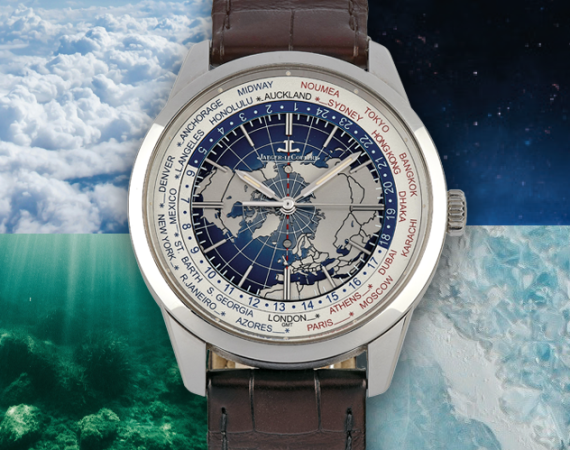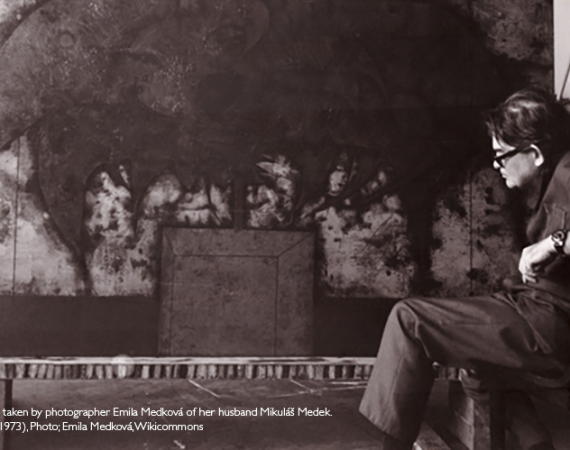
Precious stones have been collected and fashioned into jewels since time immemorial. They are symbols of power, wealth and status. Stones of a particular structural composition and size are cut in a specific way to highlight their unique qualities and transform them into jewellery. Astrid Fialka-Herics, jewellery expert and Head of the Jewellery and Watches Department at Dorotheum, spoke with Vera Hammer, who leads the State Gem Institute at the Natural History Museum in Vienna.
The density of precious stones makes the shaping and shining of them notoriously difficult. Cutting them however, in a way that maximises the impact of both their colour and their character, is nothing short of a fine art. It is after all from its colour that a stone derives its greatest radiance, and no gemstone comes in a more brilliant range of hues than a tourmaline.
Turmaline

rosa Turmalin ca. 12,40 ct Schätzwert € 4.500 – 6.000
“Tourmalines are silicate minerals and have a relatively complex chemical makeup. That composition includes a wide variety of trace elements, which accounts for the gem’s different colours. What is interesting is that there are tourmalines which contain several colours in a single crystal”, says Vera Hammer, who heads the State Gem Institute at the Natural History Museum in Vienna.
Rubellite
Tourmalines of the pink-to-red variety are called rubellite. At first glance, it is easy to confuse them with other stones of the same colour, such as a ruby or a spinel. One prominent illustration of this difficulty is the case of the “Black Prince’s Ruby”, a stone that has adorned the Imperial State Crown of the United Kingdom since Queen Victoria’s coronation in 1838. It was considered to be the world’s largest, most valuable ruby until the mid-20th century, when numerous expert assessments proved that it, in fact, unequivocally belonged to the spinel group of minerals.
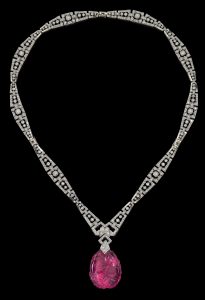
geschnittener Rubellit ca. 100 ct
erzielter Preis € 21.550
Similar confusion has surrounded the supposed ruby in the Crown of Saint Wenceslas, which is currently housed at St Vitus Cathedral in Prague and is only made accessible to the public on special occasions. The prominent red stone in the centre of the crown is actually a rubellite – a fact that of course does nothing to detract from its historical significance or its radiance.
Distinguishing the stones and classifying them correctly requires both a specialist’s eye and state-of-the-art technical know-how. “And yet,” as mineralogist Vera Hammer notes, “determining the chemical composition of tourmalines can only be done with elaborate methods in specialist laboratories such as the State Gem Institute at the Natural History Museum in Vienna.”
Paraíba
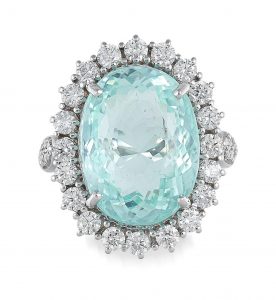
ovaler Paraíba Turmalin in Blaugrün (GRS-type Farbe Paraíba) aus Mosambik 8,91 ct
erzielter Preis € 27.800
One relatively new variety is the so-called “paraíba tourmaline”, an eye-catching gem known for its brilliant turquoise colour. Discovered in 1989 by Heitor Dimas Barbosa, the stone is named after the state in Brazil in which it was found. “Paraíba”, Hammer explains, has become something of a trade name: “When similar blue tourmalines were discovered in other regions such as Nigeria or Mozambique, the trade name ‘paraíba’ unfortunately became the catch-all term for pale neon blue-green tourmalines in general. The consensus of reputable gemmological laboratories is that the ‘paraíba tourmaline’ designation should only apply to stones that have both the vibrant, bright blue and blue-green shade and a certain copper and manganese content; the stone’s origin is no longer a factor.” The intense, luminous turquoise of paraíba tourmalines dazzles in both faceted and cabochon (i.e. non-faceted, polished) stones.
Tourmalines by Bulgari or Chopard
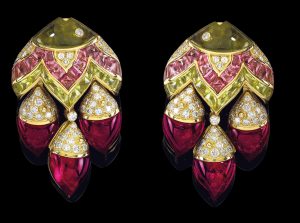
Turmaline, Peridote
erzielter Preis € 27.500
Although individual tourmalines have been known in the Mediterranean region since antiquity, larger quantities of the mineral only reached Europe in the early 18th century, via the trading activities of the Dutch East India Company.
Since then, tourmalines have enjoyed great popularity among jewellery designers and goldsmiths. Bulgari – one of the first major international jewellers to work with the gem, from the 1980s onwards – blazed a trail with its masterful, artistic handling of the tourmaline colour range, and often did so with a wink: tourmalines appear alongside other gemstones in Bulgari’s “Allegra” series and elsewhere, in original, individual pieces.
Chopard’s “Casmir” collection is another example of the tourmaline’s popularity: launched in the 1990s, the jewellery line magnificently reveals how the tourmaline’s play of colours can be combined in a single piece of jewellery.
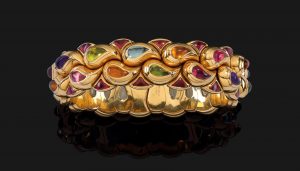
Amethyste, Citrine, Peridote, Topase, Rubellite, grüne Turmaline, zus. ca. 22,25 ct
erzielter Preis 12.500
Avant-Garde Jewellery
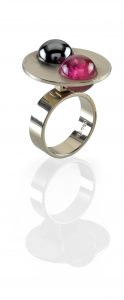
erzielter Preis € 16.250
Even as early as the 1960s, avant-garde jewellery artists such as Friedrich Becker had been showing an appreciation for the unique qualities of tourmaline. Here in particular, the commercial value of a stone is clearly less important than its individual hue or cut form: the highlighted colour element is juxtaposed with another, complementary colour and kept in motion by kinetics. The visual effect is that of two colours blending into one another.
Demand for jewellery-quality tourmalines – which is to say vibrantly-coloured, ideally transparent stones – is on the rise. Soaring with it, is the demand for the raw material’s extraction in mines in Afghanistan, Canada, Brazil, Sri Lanka, and the United States. A glittering prospect!
Astrid Fialka-Herics is Head of the Jewellery and Watches Department at Dorotheum and also gemologist, lawyer and trained goldsmith.
Hofrat Dr Vera Hammer is Head of the State Gem Institute at the Natural History Museum Vienna.



